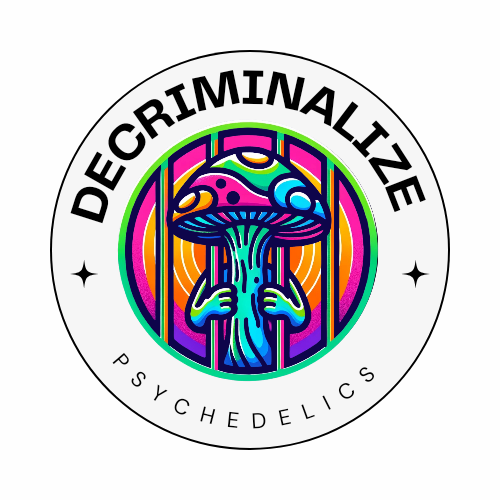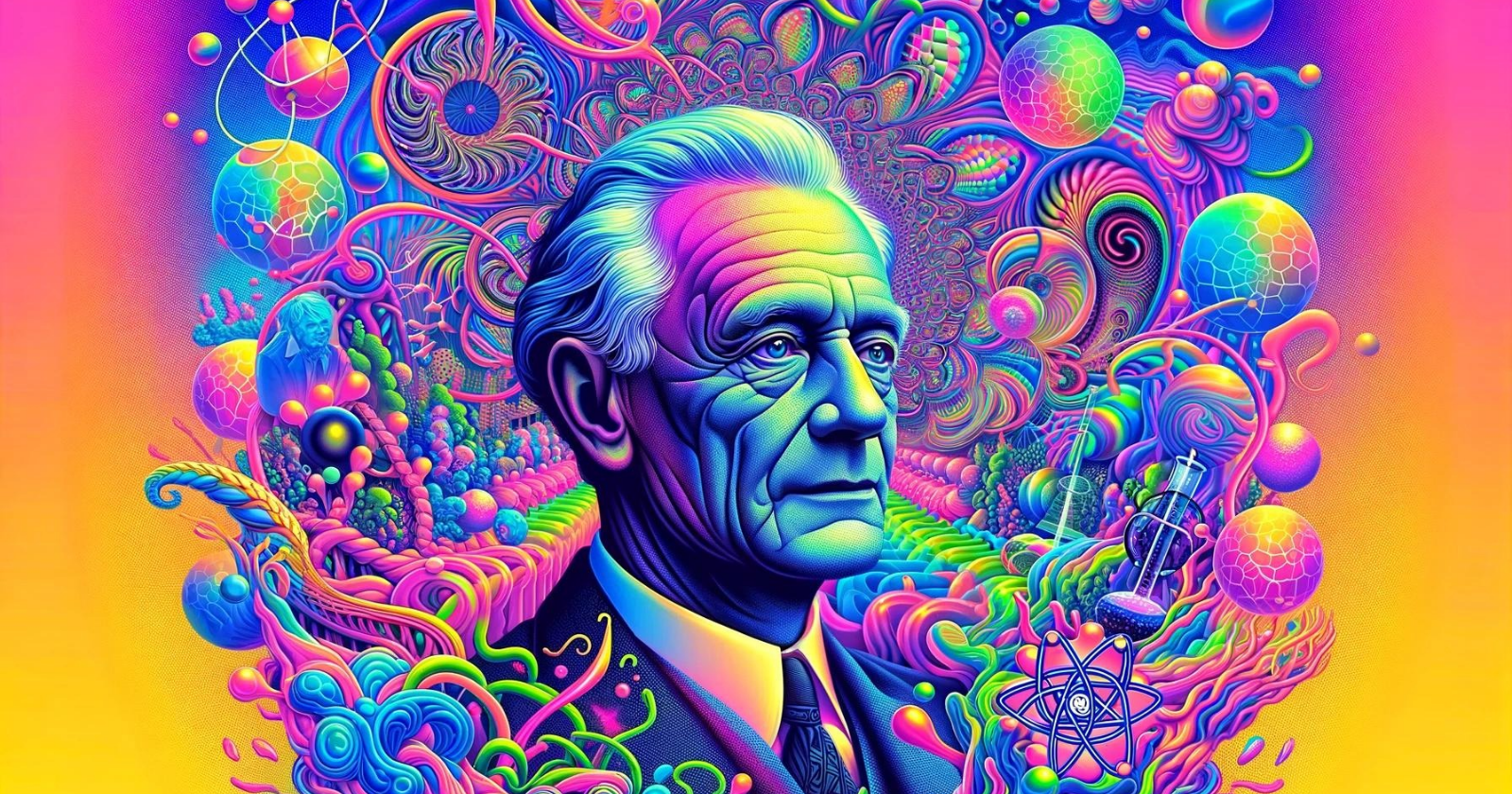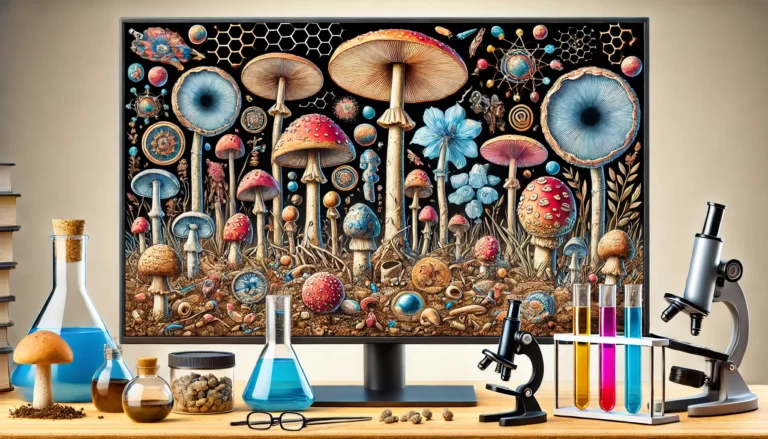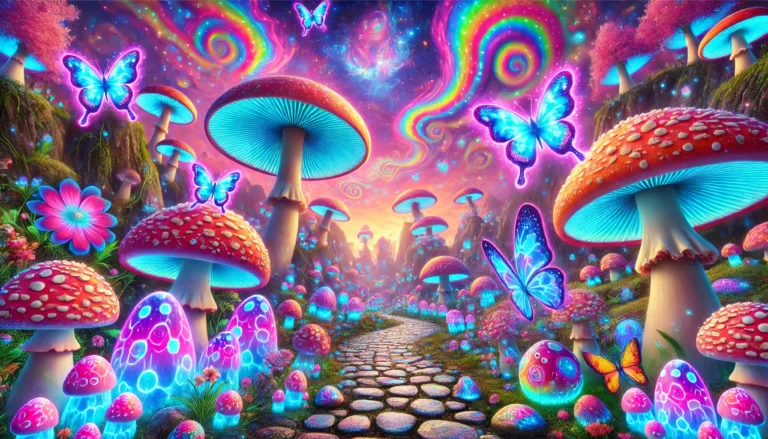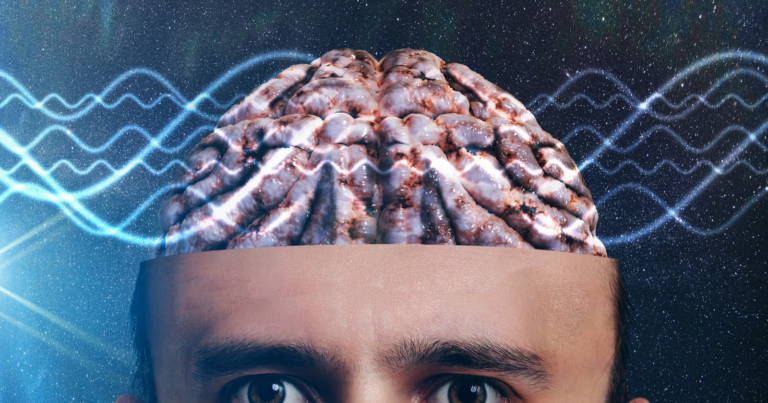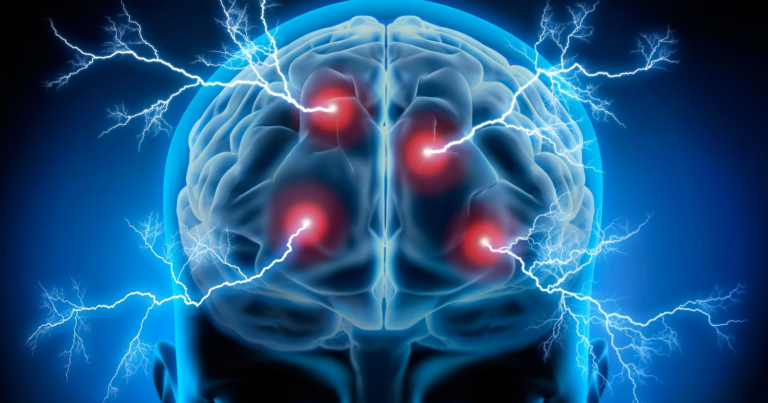The psychedelic renaissance is a transformative period marked by the revival of interest in psychedelic substances for mental health and well-being.
At the forefront of this shift are key figures whose hard work, research, and advocacy have played a crucial role in changing perceptions and policies around these substances.
In this article, we’ll delve into the contributions of 7 key figures who have significantly influenced the psychedelic renaissance.
Read on for insights into their groundbreaking work and the impact they’ve made in this evolving field of study.
1) Dr. Rick Doblin: Pioneering Psychedelic Research
Dr. Rick Doblin has always fascinated me due to his unwavering commitment to psychedelic research and therapy.
As the founder of the Multidisciplinary Association for Psychedelic Studies (MAPS), he has been instrumental in pushing for the acceptance and legitimization of psychedelics in the medical community.
Under his leadership, MAPS has conducted groundbreaking research on the therapeutic uses of substances like MDMA and psilocybin, with studies showing promising results for conditions such as PTSD, anxiety, and depression.
His determination to challenge societal norms and prejudices surrounding psychedelics has been a key driver in changing perceptions and policies.
Doblin’s work has not only created a scientific foundation for the therapeutic use of psychedelics, but it has also opened doors for further research.
His dedication to this cause, despite numerous challenges, is a testament to his belief in the potential of psychedelics to revolutionize mental health treatment. His contribution to the psychedelic renaissance continues to inspire and pave the way for future research.
2) Michael Pollan: Shaping Public Perception
Known for his captivating storytelling, Michael Pollan has significantly shaped public perception about psychedelics.
His bestselling book, “How to Change Your Mind”, presents a comprehensive dive into the history, science, and potential of psychedelic substances.
Interestingly, Pollan didn’t start as a proponent of psychedelics. It was his exploration and personal experiences that led him to appreciate their potential for healing and self-discovery.
Pollan’s ability to intertwine research with personal narratives has made the complex world of psychedelics more accessible to the general public.
His work has played a pivotal role in reducing stigma, fostering understanding, and stimulating conversation around psychedelic use.
By sharing his journey, Michael Pollan has opened up dialogue around psychedelics and mental health, encouraging more people to change their mind about these powerful substances.
3) Amanda Feilding: Advocating for Policy Reform
While Michael Pollan has been instrumental in shifting public perception, Amanda Feilding has been relentless in her advocacy for policy reform.
As the founder of The Beckley Foundation, her efforts have been central to advancing global drug policy reform and scientific research into psychoactive substances.
You might find it surprising that Feilding, a Countess no less, would devote her life to such a cause. However, her personal experiences with psychedelics have driven her to advocate for their potential benefits.
Feilding’s work involves facilitating and funding clinical studies, publishing policy papers, and lobbying for changes in drug policies – all geared towards integrating psychedelics into society in a safe and scientifically-backed manner.
Her tireless advocacy has significantly contributed to the gradual shift in policies towards psychedelics, making these substances more accessible for therapeutic and research purposes.
4) Paul Stamets: Harnessing the Power of Fungi
Ever considered the profound impact fungi can have on our health and consciousness?
Paul Stamets, an eminent mycologist, has dedicated his life to studying the intricate world of mushrooms and their psychedelic compounds.
Stamets is considered a thought leader in the field of mycology, with his research shedding light on the incredible benefits and potential uses of fungi, including their psychedelic varieties.
His work extends beyond academia and into mainstream culture, with his TED talks and numerous publications educating the public about the wonders of mushrooms.
Through his efforts, Stamets has significantly contributed to the psychedelic renaissance by highlighting the transformational potential of psilocybin.
His pioneering research has inspired a new wave of interest in the healing powers of fungi, helping to destigmatize and demystify these often misunderstood organisms.
5) Terence McKenna: Promoting Conscious Exploration
Terence McKenna, a renowned ethnobotanist and author, stands out for his profound influence on the psychedelic community.
McKenna was a passionate advocate for the responsible use of naturally occurring psychedelic substances. His lectures and writings provided a deeper understanding of psychedelic experiences, consciousness, and the human psyche.
His theories, although controversial at times, sparked curiosity and encouraged conscious exploration among his followers. Some of his most notable contributions include:
- His “Stoned Ape Theory”, hypothesizing that psychedelic mushrooms played a crucial role in human evolution.
- The introduction of “heroic doses”, encouraging individuals to fully immerse themselves in the psychedelic experience for profound self-discovery.
- Advocacy for the exploration and understanding of “machine elves”, entities often encountered during DMT experiences.
McKenna’s unapologetic enthusiasm and eloquent articulation of his psychedelic experiences have fascinated many, igniting a sense of adventurous curiosity in the field.
6) Albert Hofmann: Discovering LSD
It would be impossible to talk about the psychedelic renaissance without mentioning Albert Hofmann, the man who first synthesized LSD.
Hofmann’s accidental discovery of LSD in 1943 opened up a new world of possibilities. His initial experienc, intrigued him enough to further explore the compound’s potential.
As for me, I find it inspiring how Hofmann’s curiosity led him to investigate this “problem child” (as he later referred to LSD) despite its controversial status.
His pioneering work laid the groundwork for the exploration of LSD’s therapeutic potential, a field that continues to expand today.
Hofmann’s discovery and subsequent advocacy for the mindful use of LSD have undeniably been pivotal in the psychedelic renaissance. His contributions continue to inspire researchers and enthusiasts around the globe.
7) James Fadiman: Propelling Microdosing Research
Imagine being at the forefront of a new frontier in mental health treatment. This is the position James Fadiman finds himself in as a leading researcher on psychedelic microdosing.
Fadiman’s work primarily focuses on the practice of taking sub-perceptual doses of psychedelics, a method known as microdosing. His research suggests that this practice can improve creativity, mood, and cognitive function.
I recall reading his book “The Psychedelic Explorer’s Guide”, where he offers practical information on safe and effective use of these substances. His thorough approach to providing guidelines for responsible psychedelic use, based on decades of research, resonated with me deeply.
His pioneering contributions to the field have played a significant role in bringing the concept of microdosing into mainstream consciousness. He has expanded the scope of the psychedelic renaissance, emphasizing that these substances can be used for more than therapy.
8) Stanislav Grof: Advancing Psychedelic Therapy
Stanislav Grof’s contributions to the field of psychedelic therapy are truly indispensable.
A psychiatrist with over 60 years of experience in research of non-ordinary states of consciousness, Grof is one of the founding fathers of transpersonal psychology, a field that integrates spiritual experiences into the modern psychological framework.
Grof’s work with LSD and other psychedelics at the Maryland Psychiatric Research Center led to the development of his “holotropic” therapy. This innovative approach combines breathing techniques, music, and body work to facilitate personal growth and therapeutic transformation.
His research has provided a deeper understanding of the therapeutic potential of non-ordinary states of consciousness induced by psychedelics.
Grof’s groundbreaking work continues to shape the field of psychedelic therapy, helping thousands find healing through methods that were once stigmatized and misunderstood. His commitment to this cause has truly marked him as one of the key figures in the psychedelic renaissance.
Transforming Mental Health: What’s Next?
The psychedelic renaissance is more than a trend; it’s a paradigm shift in mental health and wellness.
These key figures have paved the way, breaking down barriers and challenging societal norms. Their dedication has not only advanced our understanding of psychedelics but also opened up new avenues for therapeutic applications.
- Continued research into the therapeutic potential of psychedelics.
- Greater public awareness and understanding of these substances.
- Policy reforms to allow for safe, controlled use of psychedelics in therapy.
As we look towards the future, it’s clear that the contributions of these pioneers will continue to shape the landscape of psychedelic research and therapy.
Remember, it’s our responsibility to stay informed and remain open-minded. The psychedelic renaissance is here, and its impact is only just beginning to unfold.
